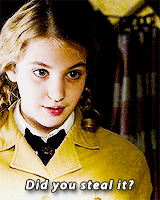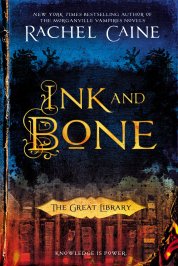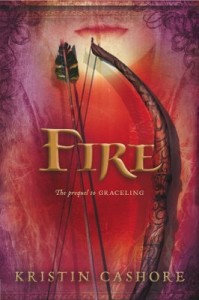Full discloser: The Outsiders is my favorite book in the world. My mom gave me her copy when I was stuck in the summer between fifth and sixth grades. It was the first book that, when I finished, I read it entirely over again. It’s the book that made me want to become a  writer.
writer.
The Outsiders by S.E. Hinton (who was, famously, fifteen when she wrote the manuscript) is a coming-of-age story. Ponyboy Curtis is the youngest member of a gang of greasers in 1950s Oklahoma. It’s the book that gave us, “Stay gold, Ponyboy,” and, “Things are rough all over.” (It’s also the book that inspired the 1982 movie starring the hottest guys of the 80s, like Tom Cruise, Emilio Estevez, Patric Swayze, and Rob Lowe, *swoon*)
Five years after The Outsiders movie was released, Stephen King published “The Body” as one of the four works in his story collection Different Seasons (also in that collection: “Rita Hayworth and the Shawshank Redemption.”) Probably better known by its film adaptation title, Stand By Me (screenplay also by Stephen King) “The Body” is the story of four friends trying to find their presumed-dead fellow classmate.
Nature’s First Green Is Gold
Both stories feature characters who come from so far on the wrong side of the tracks that the tracks are a dot in the distance (though not literally: the boys in “The Body” follow tracks through a vast New England forest.) Ponyboy can’t envision a way out of Tulsa, Oklahoma, yelling, at one point, “It ain’t fair we get all the rough breaks!” Even though his brothers encourage him to continue with school, to go to college, to make something of himself, after seeing the deaths of two of his friends, Ponyboy talks about dropping out of school.
Similarly, Gordie can’t see past his small, cramped town. His friends all have abusive fathers, and his own parents neglect him, particularly in the wake of the death of his brother. He sees a future of shop classes and cars and girls, a future of hanging with his gang.
It’s hard to see past the chain-link fences, the broken homes, the teenaged angst, but, like in every good coming-of-age story, these boys don’t have to do it alone. After all, it takes a gang to raise a child.
“People drag you down,” a twelve-year-old says in “The Body.” But people can bring you up, too.
It’s Hardest Hue to Hold
“The Body” is one of Stephen King’s odder books, not only because of the age of the main character (“The Girl Who Loved Tom Gordon” features an even younger protagonist) but also because it’s told from the point of view of an older narrator looking back on his life. The children are older tha n their years, the adventure a wild tale similar to (though smaller than) It.
n their years, the adventure a wild tale similar to (though smaller than) It.
There’s an elegance to all the contained short-stories in Different Seasons. Perhaps because, unlike some of King’s works, these are more firmly rooted in the real world. The enemies are not a spider, or aliens, or the actual embodiment of evil–it’s corrupt systems and school shootings and small towns.
And, of course, the clumsy grace that comes with coming-of-age.

 through the streets to deliver first-edition copies of books–kind of like stealing books (looking at your, Liesel) and like in that German war-zone, in Ink & Bone, these kids could be caught and served capital punishment. Because this is what London could be like if the Great Library of Alexandria never burned down.
through the streets to deliver first-edition copies of books–kind of like stealing books (looking at your, Liesel) and like in that German war-zone, in Ink & Bone, these kids could be caught and served capital punishment. Because this is what London could be like if the Great Library of Alexandria never burned down.
 But if an all-knowing library doesn’t pique your interest, just wait until you hear about the characters. Why did you care about Liesel and Rudy? Why did you care? Because, deep down, you know that the book being narrated by Death itself cannot have a happy ending. Because, deep down, you know that people die.
But if an all-knowing library doesn’t pique your interest, just wait until you hear about the characters. Why did you care about Liesel and Rudy? Why did you care? Because, deep down, you know that the book being narrated by Death itself cannot have a happy ending. Because, deep down, you know that people die.










